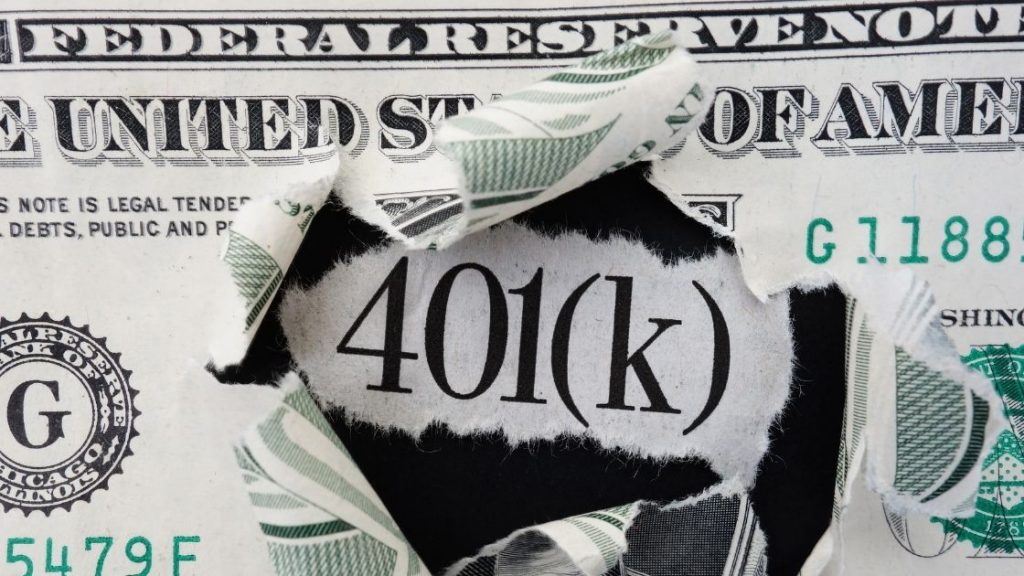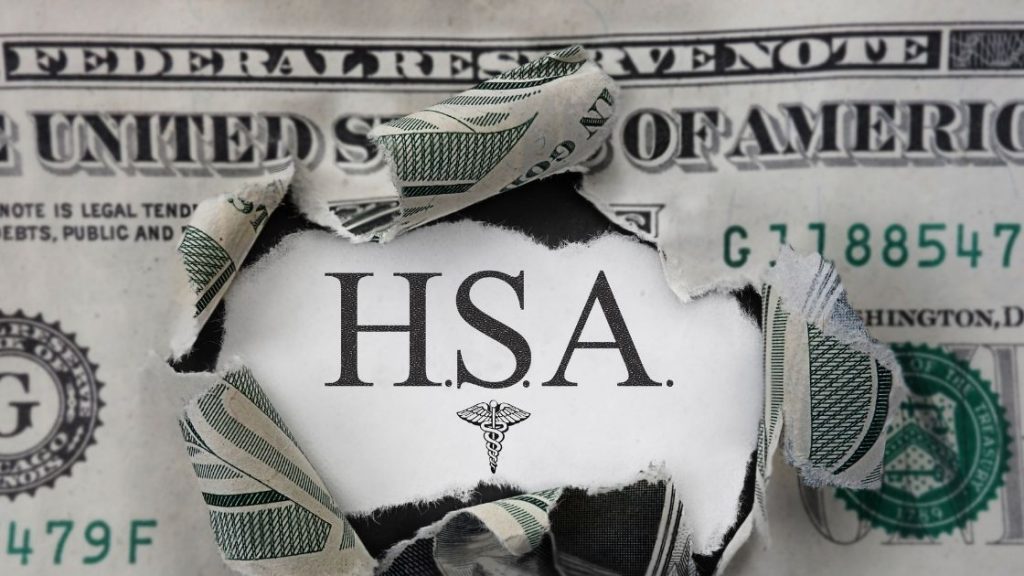Are you frustrated by the rising cost of everything and wondering how you can keep pace? You are not alone.
Inflation has been on an absolute tear over the past year, which has even prompted the federal government to increase rates in the hopes that this will curb skyrocketing prices.
Despite their efforts, inflation keeps creeping up, which is making it harder and harder for regular folks to stay afloat. But fear not, we’ve got some practical advice to help you navigate through all of this.
Today, we’re going to dive into 11 simple yet effective strategies to help you stay ahead of inflation, save more, and spend less.
We’re talking about replacing specific high-cost items with affordable alternatives, maximizing cashback and rewards programs, DIY tips, and so much more.
If you’re ready to keep your budget in check, and your wallet happy, then stick around because we’ve got a ton of valuable tips coming your way!
This post may contain affiliate links. If you click on a link and complete a transaction, I may make a small commission at no extra cost to you.
The information contained in this post is for informational purposes only. It is not a recommendation to buy or invest, and it is not financial, investment, legal, or tax advice. You should seek the advice of a qualified professional before making any investment or other decisions relating to the topics covered by this article.
Number 1. Replace High Cost Items with Equivalent Lower Cost Alternatives.
There are a ton of products or services that cost way more than they should.
For example, liquid soap gives you far less uses than an equivalently priced amount of bar soap. They perform the exact same function, but you can buy bar soap at a small fraction of the price.
Similarly, buying bottled water has become commonplace, but it can kill your budget. Drink tap water that has been filtered instead.
If you need to take your water on the go, invest in a decent tumbler for $10.
Now these are just a handful of examples, but there are many more.
The rule of thumb should be whether you extract the same or similar value from a product or service by using a cheaper alternative.
Here are some guidelines you can use to do this:
First, see if you can buy the same product used rather than new.
There are usually steep discounts when you buy something that is gently used. Some sites you can explore to buy used items include Craigslist, ebay, declutter, chairish, and facebook marketplace.
Obviously, you can also go old school and check out yard sales, flea markets and thrift stores.
Second, see if there is a decent generic alternative to a brand name product or service. In many cases, you are simply paying for the marketing costs of the brand name item.
Third, see if you can get the same value by using a homemade option. Brewing coffee, cooking, and even exercising are all great examples of things you can do at home that are much cheaper than their offsite alternatives.
Number 2. Waste not, want not
Do you have things that you bought that are not being used? These days you can easily sell them and convert those unused items into cash.
For example, if you have gift cards that you are not using, sell them on places like CardCash.
Are there old clothes, furniture or other household items that you are not using anymore? Sell them on sites like ebay, declutter or other online platforms or just donate them to charity. You should be able to get a decent tax deduction if you itemize.
On the flip side, you should also evaluate what you are buying today to see if you really need a given item. Learn to distinguish between needs and wants.
In a tough financial environment, it’s important to make sure that you focus on things you actually need vs things are just nice to haves.
Number 3. Use Cashback and Rewards Apps.
Another great way to make your dollar go further is to use cash back and rewards apps for everyday purchases.
Check out apps like Rakuten, Honey, and others that provide cash back for purchases made through their platforms. They are free to use, so there’s no risk to you.
Number 4: Buy in Bulk:
Purchase non-perishable items in bulk to save money in the long run. Items like toilet paper, canned goods, and other staples are often cheaper when bought in larger quantities.
But to my earlier point, make sure you buy stuff you actually need, though. Just because it’s cheaper by the dozen doesn’t mean it’s a necessary or wise purchase.
Number 5: Save on energy costs.
Keeping warm in winter doesn’t always mean that you have to turn the thermostat up.
It’s age old advice, but put on sweater and turn the temperature down a few notches. Even a one degree reduction amounts to significant savings per month.
Similarly, you can keep cool in the summer by wearing cool clothes and using fans and other energy efficient devices rather than blasting the AC all of the time.
Number 6. Plant a Garden:
Growing your own fruits, vegetables, and herbs can save money on grocery bills. This not only helps to counteract rising food prices but also promotes healthier eating.
You can do this even if you live in an apartment. There are plenty of ways to grow small herbs and vegetables on your balcony or window sill.
Number 7. Explore Public Transportation:
If you live in an area with good public transportation, consider using it more often to save on fuel costs. Or an even cheaper option is to invest in a good used bike. For shorter distances, this can be a great way to get where you’re going and fit in some exercise to boot.
Number 8. Refinance Debt:
If you have high-interest loans or credit card debt, consider refinancing to secure a lower interest rate.
This can help you save money in the long run, especially in an inflationary environment where interest rates may be rising.
Number 9. Learn to DIY
Whether it’s home repairs, cooking, or basic car maintenance, learning to do things yourself can save a lot of money. This can help cut costs on services that may become more expensive during inflation.
Youtube is an amazing resource for this. There are tons of video tutorials that will take you through nearly any DIY project you may have.
Number 10. Go Bargain Hunting:
Use price comparison websites and apps to ensure you’re getting the best deal. Also, consider waiting for sales or discounts before making large purchases.
Google shopping, pricegrabber, shopping.com and price.com are all well known comparison shopping sites you can use to find the best deals on the things you need.
Number 11: Use Community Resources.
We often forget that our tax dollars go into some great community resources that are available to all.
Let’s start with the public library. You already know that you can borrow books for free, but you also get free access to the internet, magazines, and even DVDs and CDs in some places.
And if they don’t have a book you are looking for, you can request it and they can try to get it for you.
Another great resource is public parks. Many have playgrounds for kids, walking trails, basketball and tennis courts and more. It can be a great way to exercise and entertain yourself and your family at no cost.
Of course, if you are really hurting financially, there are also food banks and government programs like food stamps and housing assistance that can help you make ends meet.
Final Thoughts
So there you have it – 11 great tips to keep you ahead of inflation and make your dollar go further. Remember, the key is to be mindful of where your money is going, look for areas where you can cut back, and make the most of the resources available to you.

